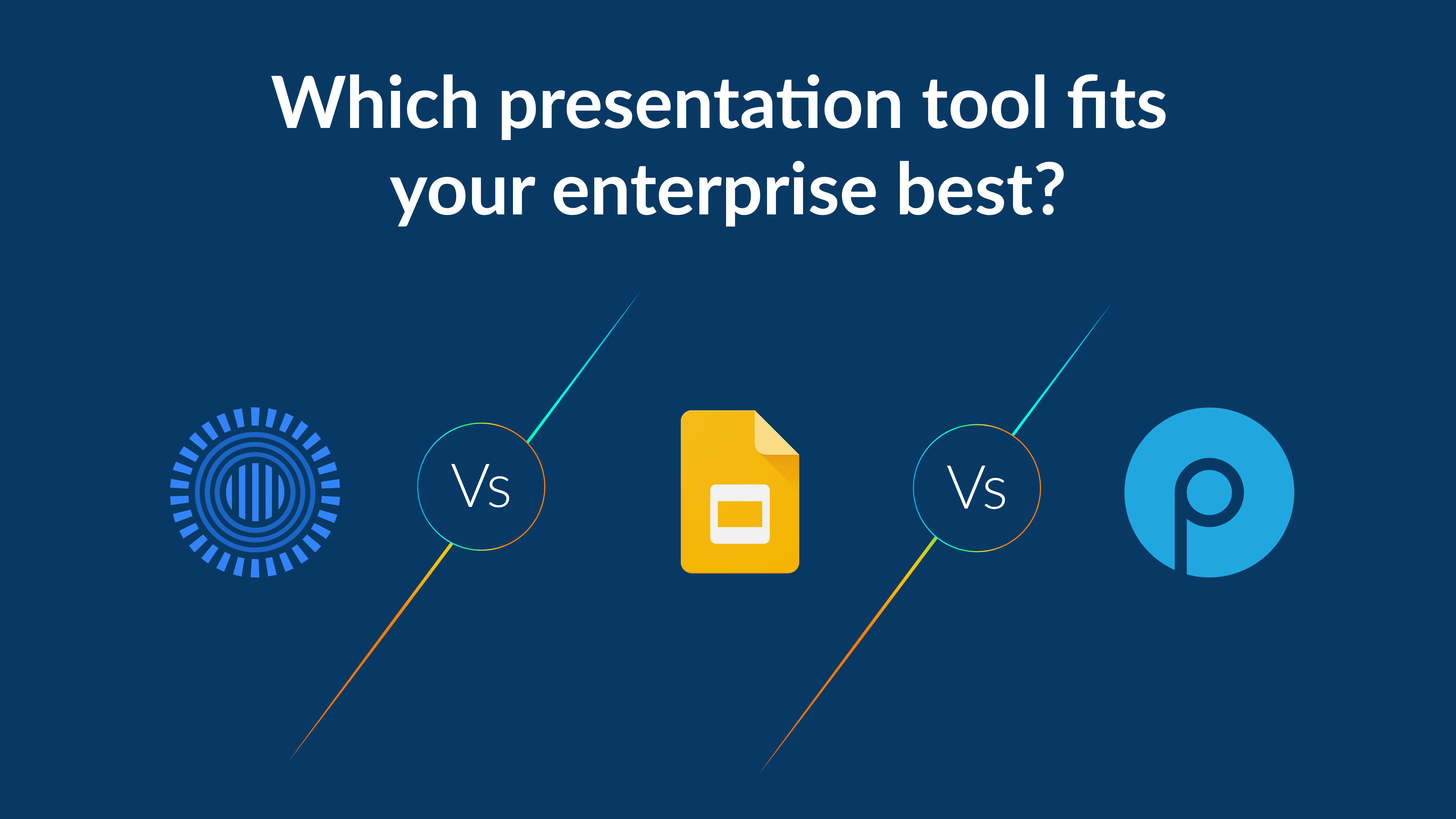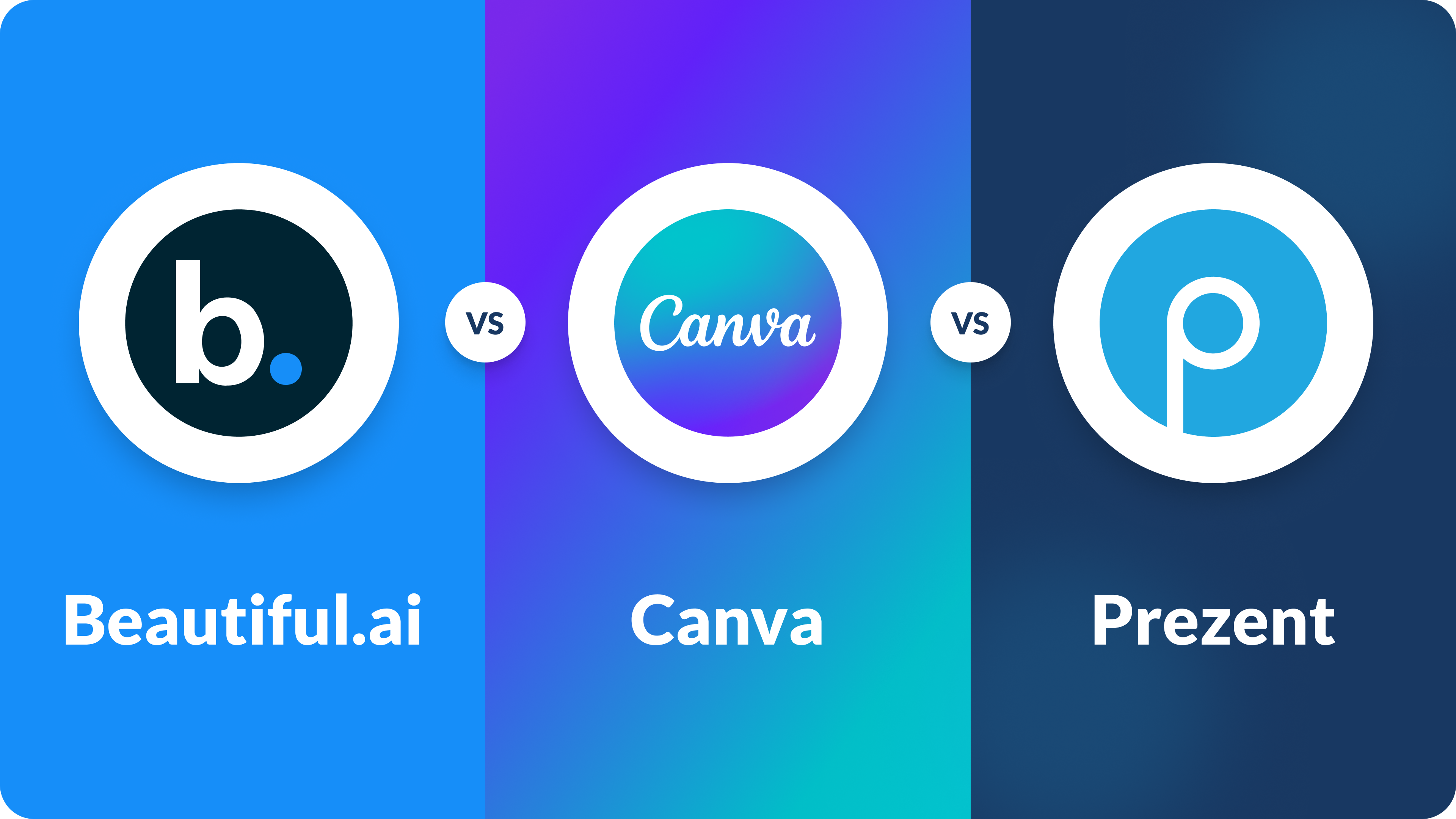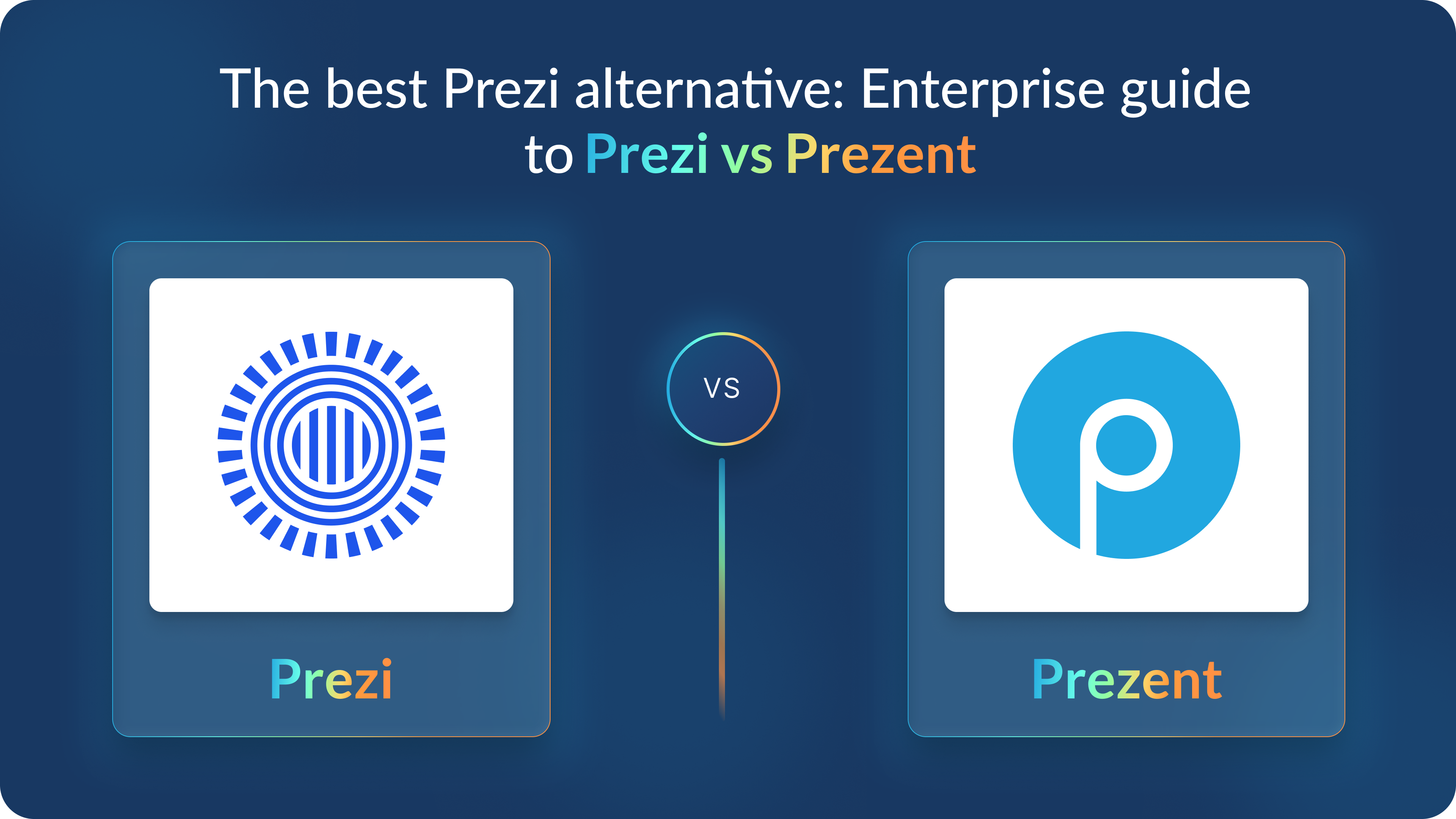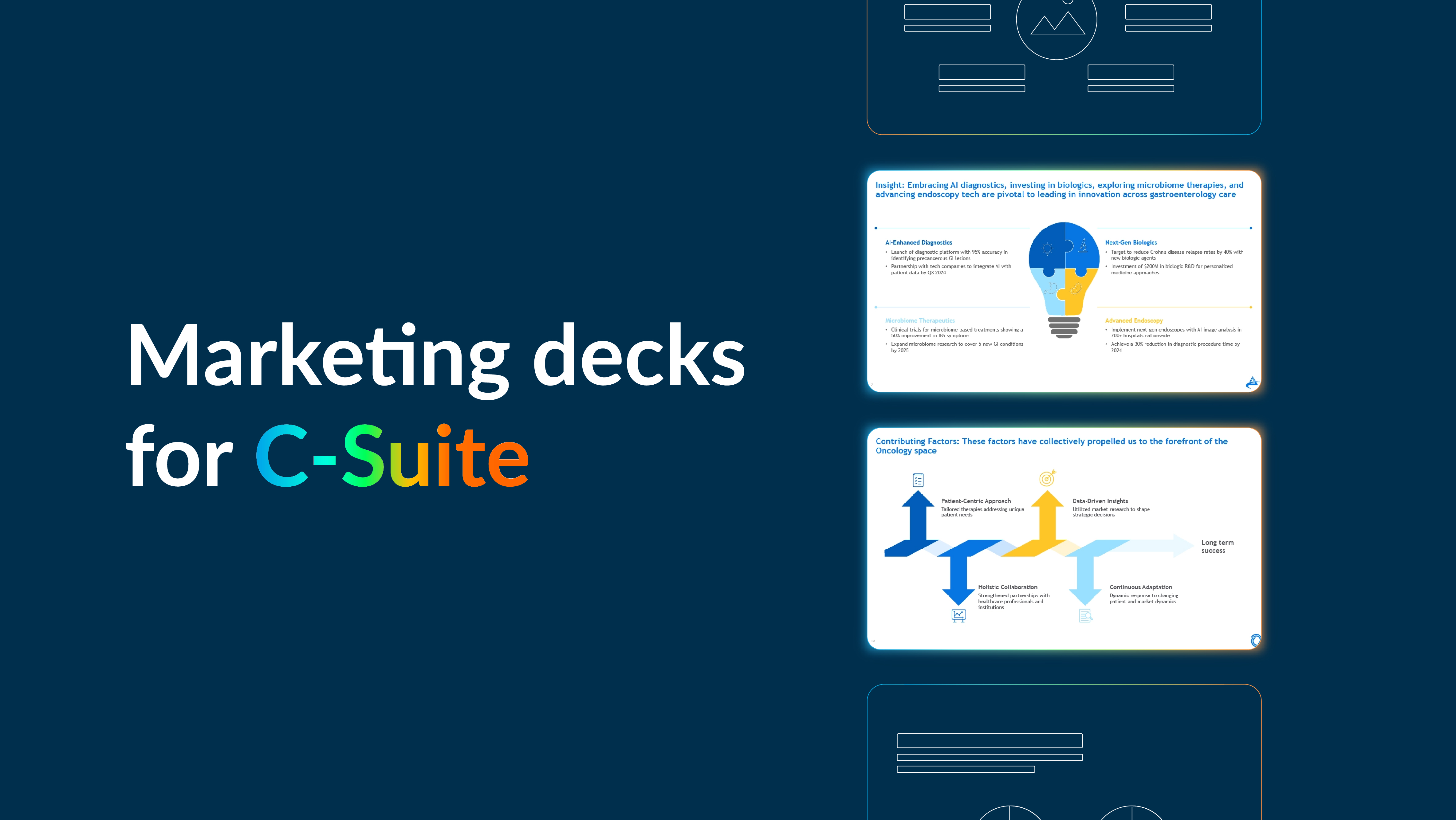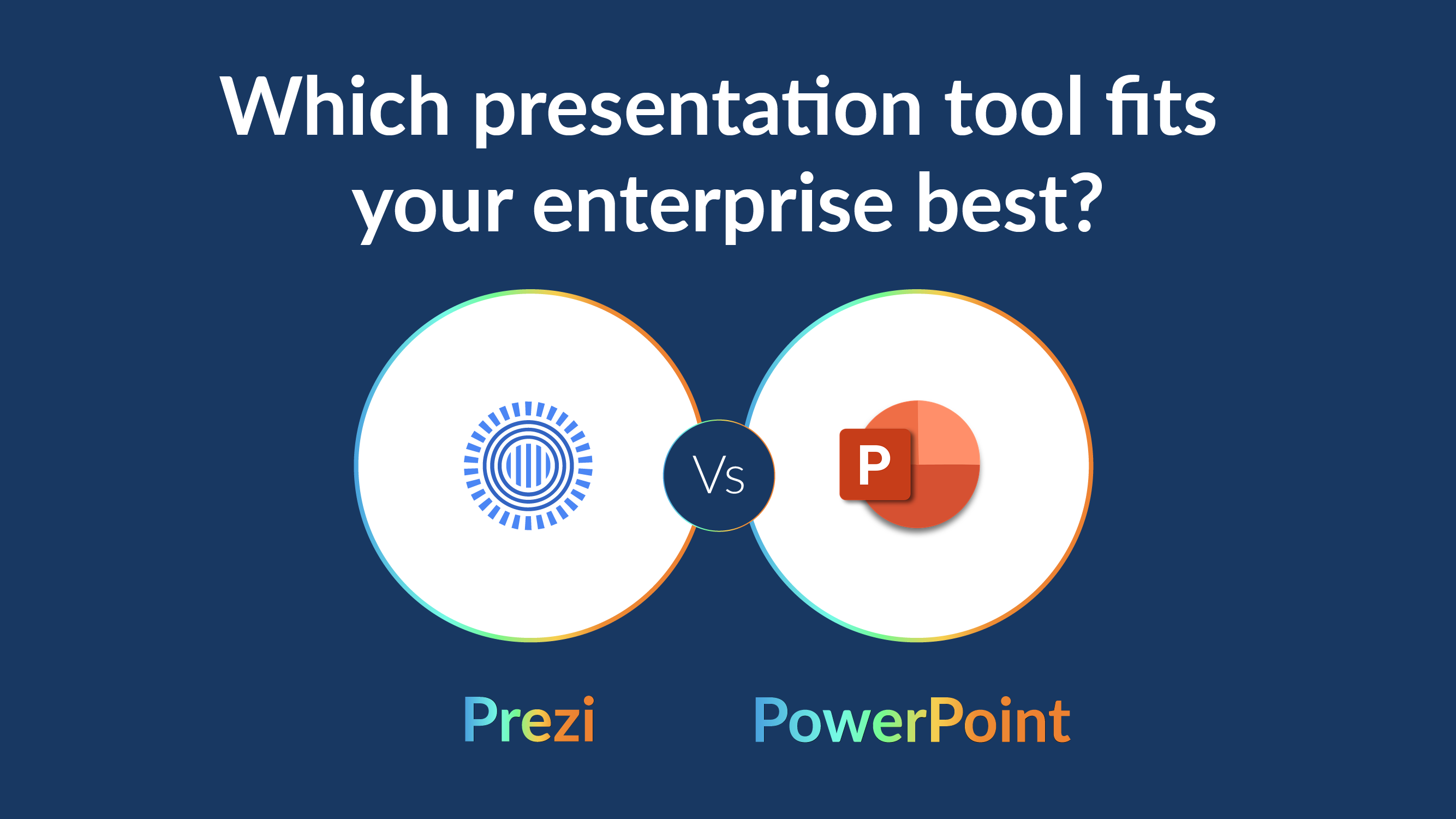Turn slides into scenes: Kindra Hall on stories that sell, lead, and stick

What if the most powerful tool in your business toolkit was not your data or your strategy but your story?
In this episode of Think Deeply, Speak Simply, Rajat Mishra, CEO of Prezent, explores this idea with Kindra Hall, bestselling author of Stories That Stick and Choose Your Story, Change Your Life, internationally acclaimed keynote speaker, and the former Chief Storytelling Officer at Success magazine.
Throughout her career, Kindra has helped organizations, leaders, and brands harness the power of storytelling. She has worked with Fortune 500 companies, entrepreneurs, and communication professionals to transform dry information into engaging narratives. Her mission is simple but powerful: to show us what makes a story not just good, but compelling enough to inspire action.
For Kindra, storytelling isn’t about entertainment or marketing gimmicks. It’s about creating the kind of moments people actually remember and act on.
Key takeaways
- Storytelling is a skill, not a talent. Anyone can learn it with practice and intention.
- Business storytelling is no different from personal storytelling. The goals may vary, but the structure and emotional impact remain the same.
- Every business should master four story types: value, founder, purpose, and customer.
- The best stories follow a simple structure: Normal → Explosion → New Normal — supported by real characters, authentic emotions, vivid moments, and specific details.
- Storytelling isn’t about being dramatic. It’s about being human, clear, and emotionally resonant.
- AI can’t replace storytelling, but it can help unlock your own stories by prompting memories and moments from your past.
How Kindra fell in love with storytelling — and why business needs it most
Kindra’s storytelling journey began long before the boardrooms and the bestsellers. Her first experience came during a fifth-grade assignment when she was asked to read a children’s book to a third-grade classroom. Faced with a noisy group of kids at the end of the school day, she instinctively put the book down and told the story in her own words.
In just a few lines, the noisy classroom grew quiet. The kids who had been restless only a few moments ago were now listening closely. That was when the eleven-year-old Kindra understood something important: stories have the power to grab attention, touch emotions, and make people believe.
As she grew older, she explored storytelling in every way she could: competing, performing at the National Storytelling Festival in Tennessee, studying it in graduate school, and finally bringing it into the world of business. But what she found there surprised her.
While business communication was filled with data, logic, and jargon, the one thing missing was emotion. And without emotion, people don’t remember, they don’t connect, and they definitely don’t act.
“All this business chatter and no one was telling a single story. That’s what actually moves people.”
Kindra made it her mission to help leaders reintroduce the soul of storytelling into their strategy. Not just to connect, but to convince. Not just to inform, but to inspire.
Storytelling is not just for authors; it’s for everyone in business
One of Kindra’s key points is that storytelling isn’t a talent you’re born with. It’s a skill that anyone can learn.
She has worked with leaders who describe themselves as dry, technical, or data-driven. In fact, she says these individuals often have the biggest advantage. Because when someone unexpected tells a story, it lands even harder.
You don’t need to be dramatic or charismatic. You just need to be clear. You need to understand the message you want to deliver and find a moment that proves that message in real life. A good story doesn’t explain, it illustrates.
For example, when Kindra worked with a CEO who claimed that his business was built on integrity, she pushed him to show what that actually looked like. Eventually, he shared a moment from early in his career when a potential client offered him a suitcase filled with a hundred thousand dollars in cash in exchange for kickbacks. He politely refused, walked away, and received a call later that day. The client wanted to work with him precisely because of his principles. That single decision shaped the trajectory of his company.
“Saying you believe in integrity isn’t a story. But that moment of choice — that is a story that sticks.”
The four types of stories every business should tell
Kindra outlines four story types that are essential for anyone trying to influence, lead, or sell.
First, there are value stories. These stories communicate the real impact of your product, service, or idea. They help the listener sense the benefit before experiencing it. A value story answers the emotional question of “why should I care?”
Second, we have founder stories. These explain the origin of a company or an individual’s journey. Every professional should know the story behind their company’s founding and also reflect on their own. Why did you choose to work here? What made you say yes to this mission? These stories humanize you and establish personal credibility.
Third, purpose stories are especially useful for leaders. These are the stories that show what you stand for. They build alignment within teams and connect people to shared values. At the same time, they are not motivational fluff. They’re your lived beliefs, told through real experiences.
Lastly, customer stories are the emotional proof that your solution works. But they must go beyond testimonials. A great customer story shows where the customer began, what problem they faced, what decision they made, and how their world changed as a result.
Real-life examples shared by Kindra
To show how these principles work in action, Kindra shared stories of brands that nailed storytelling.
One was Native, a natural deodorant brand that built its growth around customer stories. After a few days of purchase, customers were asked three simple questions: What made you try it? What were you using before? And what changed? One woman said she found it on her granddaughter’s bathroom counter, tried it on a whim, and loved it instantly. Collecting hundreds of such authentic stories helped Native grow into a national brand.
She also highlighted the story of Siete Family Foods, a Hispanic-owned company that began when a family member developed a gluten intolerance and could no longer enjoy traditional family meals. Instead of accepting exclusion, this family member started experimenting with gluten-free recipes. The dishes were tested and approved by their grandmother and eventually became the foundation of the brand. The authenticity of this story helped Siete grow rapidly and eventually be acquired by PepsiCo.
“They didn’t just say ‘we believe in quality ingredients.’ They told us why it mattered to them, and it made us care too.”
The anatomy of a story that actually sticks
So what makes a story memorable?
Kindra outlines a simple framework that applies to every story, whether it’s about a brand, a customer, or your own life. Every great story follows this arc:
Normal → Explosion → New normal
It starts with what life was like. Then something happens, a decision, a realization, a challenge. And finally, there is a change. A result. A shift.
But that arc needs to be supported by four essential elements.
- A real character – Stories need a person we can follow and feel for. It can’t be “our company did this.” It needs to be “I did this” or “she faced this.”
- Authentic emotion – It doesn’t have to be dramatic. It just has to be real. Frustration, excitement, and anxiety — these emotions make the story relatable.
- A zoomed-in moment – Don’t stay high-level. Take us to the exact scene. The boardroom with fluorescent lighting. The cold call that changed everything. Let your listener feel like they were there.
- Specific details – Small things make stories stick. Kindra gives an example of a company whose clients often worked late into the night, ordering Chinese food or pizza. Including that detail in the story wasn’t just vivid; it also showed the brand understood their audience’s reality.
“The biggest mistake in storytelling is staying too broad. The real impact lives in the small, specific moments.”
These ingredients are what separate a story that just fills time from one that drives trust, action, and alignment.
Why AI won’t replace storytelling — but it can help unlock yours
Kindra acknowledges the rise of AI and its growing role in communication. But when it comes to storytelling, it’s clear: the story must come from you.
That said, AI can be a powerful assistant in helping you remember your stories. Just like Kindra asked a CEO to recall a time he saw integrity in action, you can use AI to prompt questions like:
- When did a customer surprise you?
- When did you face a tough decision and grow from it?
- What moment made you feel the value of your work?
“Use AI to help you remember what only you can say.”
It’s about reflection, not fabrication.
What Kindra wants every communicator to remember
As the conversation wrapped, Rajat asked Kindra a few rapid-fire questions. Her answers were quick, but packed with insight.
How would you describe communication in one word?
Co-creative.
What is a myth about communication that people should unlearn?
It’s about what comes out of you, rather than what happens to them.
What advice would you give someone preparing for a corporate presentation?
Be clear on your message. Then find a story that brings it to life.
And what’s something you wish you knew earlier in your career?
“That it’s okay to be yourself.”
Final thoughts
This conversation with Kindra Hall is more than an interview. It’s a reminder of what many professionals forget while trying to be polished and efficient.
We don’t remember the smartest chart or the best bullet point. We always remember the story. The moment. The decision. The transformation.
Kindra teaches us that storytelling isn’t fluff. It’s a function. It’s the shortest path between what you believe and what others feel.
So the next time you want to persuade a room, close a deal, or inspire a team, don’t just explain. Tell a story only you can tell.
Missed the episode? Our podcasts are easily accessible on our YouTube channel. You can also listen on the go via your favorite platforms, including Spotify and Apple Podcasts.
New episodes of "Think Deeply, Speak Simply" are released biweekly, exploring the intersection of communication, leadership, and innovation.
.avif)


